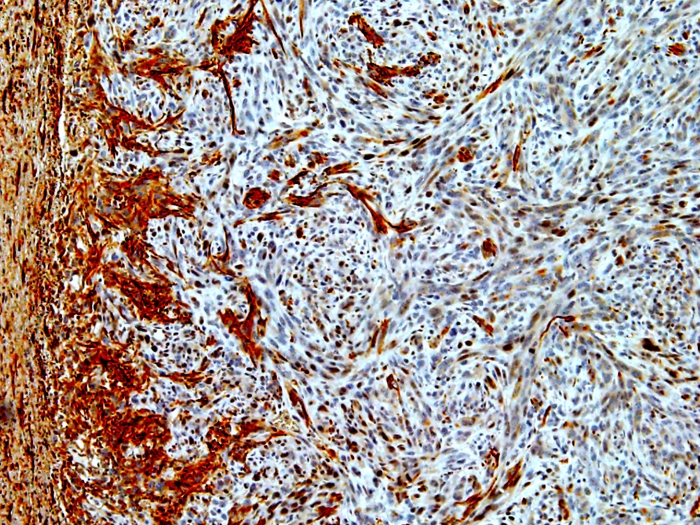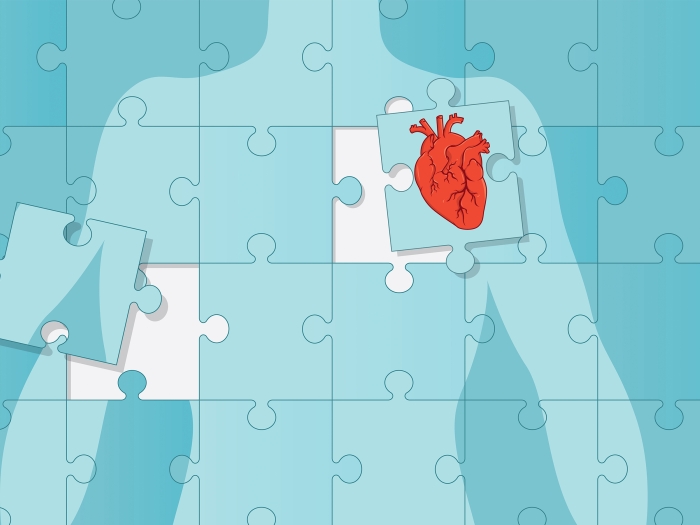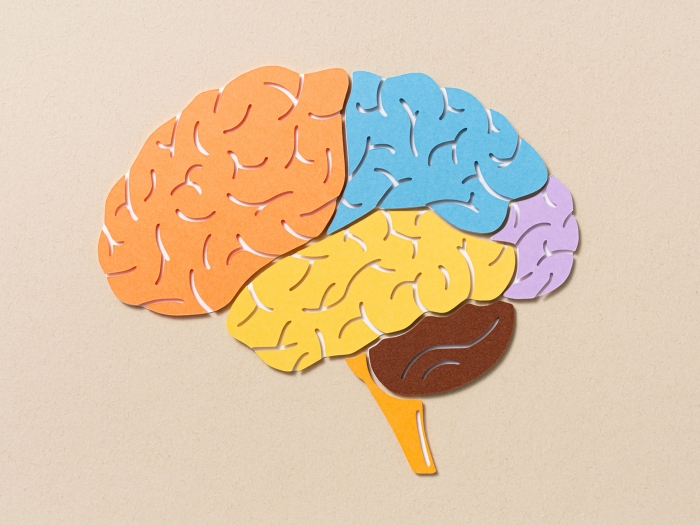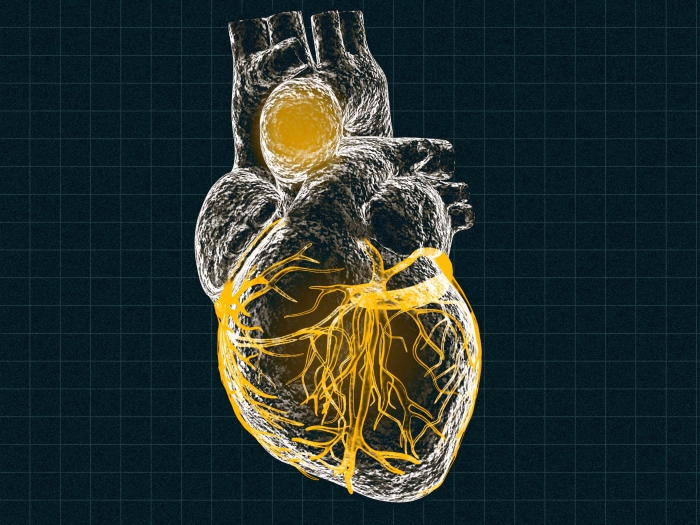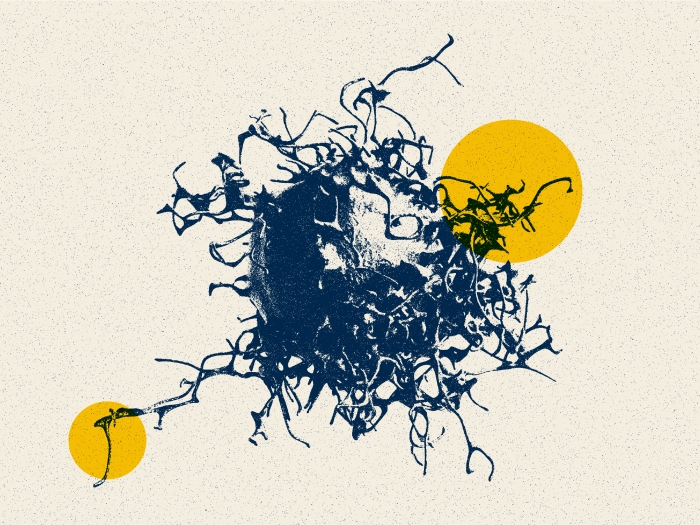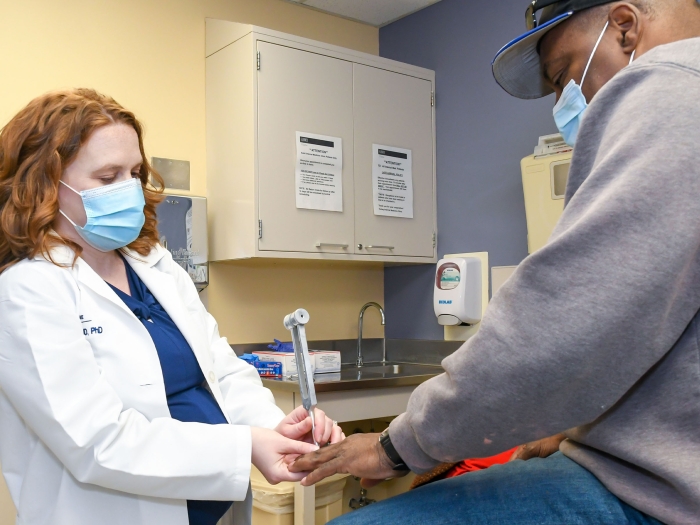Model shows how oncostreams form and behave – and how to inhibit them
5:22 AM
Author |
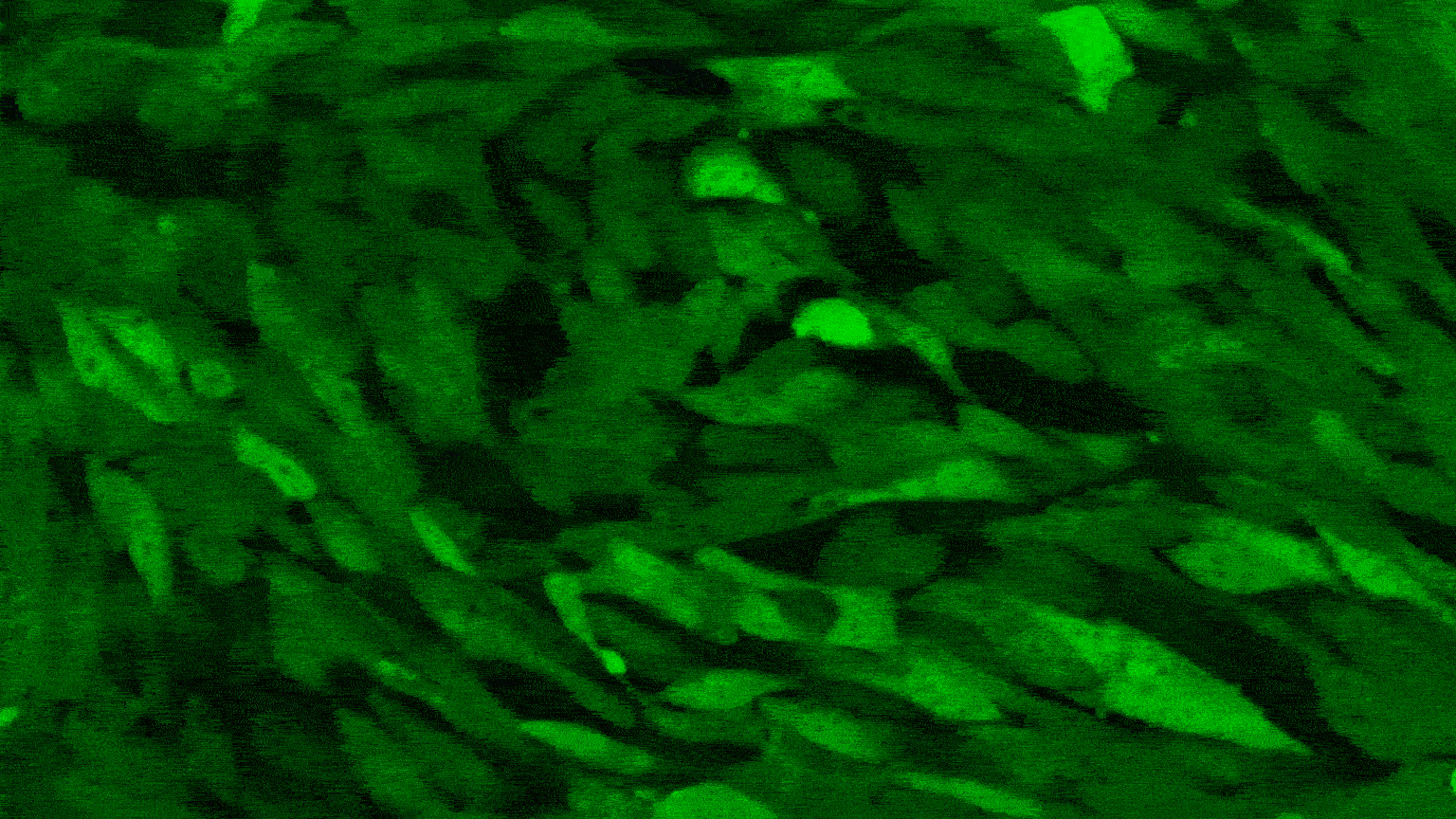
Researchers at the University of Michigan Health Rogel Cancer Center are exploiting a unique biological feature of glioblastoma to gain a better understanding of how this puzzling brain cancer develops and how to target new treatments against it.
The team, led by senior author Pedro Lowenstein, M.D., Ph.D., Richard Schneider Collegiate Professor of Neurosurgery at Michigan Medicine, had previously identified oncostreams as a key feature in glioblastoma development and in more aggressive disease. These highly active, elongated, spindle-like cells move throughout tissue in complicated patterns. The accumulation of oncostreams found throughout a tumor serve as the basis for cancerous cells’ behavior, determining how tumors grow and invade normal tissue.
In this new study, published in Advanced Science, the team developed human and mouse models of glioblastoma oncostreams and examined multiple factors in the tumor microenvironment that could impact how oncostreams develop and how to reverse them.
Using this model, they also identified a potential inhibitor, DDR1-IN-1, which appears to dismantle oncostreams. Preliminary studies in a mouse model of glioma showed the DDR1 inhibitor led to better survival. This suggests a potential pathway for additional research.
Glioblastoma is an aggressive cancer, with only a 5% survival rate beyond two years. In large part, it’s because even when surgery is possible, it’s often difficult to remove all the cancerous cells. Radiation and chemotherapy have limited effectiveness, and no other treatment options have been developed in decades.
This work will hopefully lead to new clinical trials, like the phase I trial of dual vector gene therapy, supported in part by the Rogel Cancer Center, which was published recently in The Lancet Oncology.
“This model has deepened our understanding of how glioblastoma cells grow and invade and has led to the identification of a potential new therapeutic target,” said Syed M. Faisal, Ph.D., a postdoctoral fellow in Lowenstein’s lab and he first author of the study.
“Understanding the mechanism of how glioblastoma grows and migrates is essential to developing new and better treatments,” Lowenstein said.
“Our oncostream model will be a valuable tool for gaining new insights into how glioma invades. It will allow us to test potential new therapeutic strategies that undermine the cellular and molecular foundations of glioblastoma malignancy.”
Additional authors: Jarred E. Clewner, Brooklyn Stack, Maria L. Varela, Andrea Comba, Grace Abbud, Sebastien Motsch, Maria G. Castro
Funding: From National Institutes of Health grants: R37-NS094804, R01-NS105556, R01-NS122536, R01-NS124167, R01-NS122165, R21-NS123879-01, R01-NS076991, R01-NS096756, R01-NS082311, R01-NS122234, R01-NS127378, R01-EB022563, U01-CA224160, R01-CA243916; RNA Biomedicine; Rogel Cancer Center; Ian's Friends Foundation; Leah's Happy Hearts Foundation; Pediatric Brain Tumor Foundation; Smiles for Sophie Forever Foundation; ChadTough Foundation.
Paper cited: “Spatiotemporal Insights into Glioma Oncostream Dynamics: Unraveling Formation, Stability, and Disassembly Pathways,” Advanced Science. DOI: 10.1002/advs.202309796
Sign up for Health Lab newsletters today. Get medical tips from top experts and learn about new scientific discoveries every week by subscribing to Health Lab’s two newsletters, Health & Wellness and Research & Innovation.
Sign up for the Health Lab Podcast: Add us on Spotify, Apple Podcasts or wherever you get you listen to your favorite shows.

Explore a variety of healthcare news & stories by visiting the Health Lab home page for more articles.

Department of Communication at Michigan Medicine
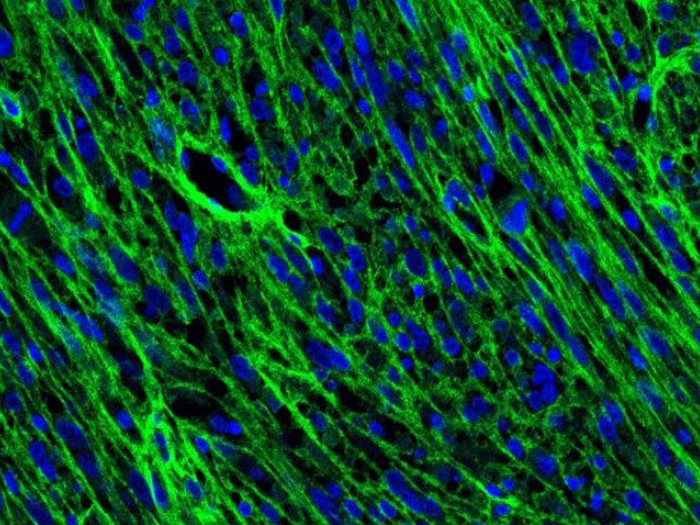
Want top health & research news weekly? Sign up for Health Lab’s newsletters today!
